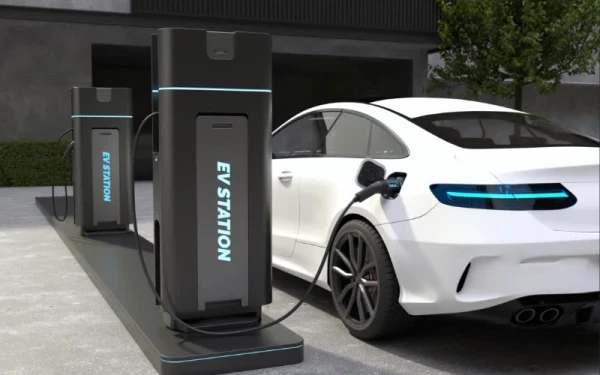Liquid Cooling and the Chemical Compatibility Imperative
Understanding coolants and component's materials of construction for reliable liquid cooling
Add bookmark
Component and subcomponent material compatibility in liquid cooling systems is critical to successful performance of the cooling system supporting the operation of heat-generating electronic equipment. Each liquid cooling system component has the potential for interaction with other component materials. Coolants are of particular interest because they are in contact with all wetted materials within a system and essentially “connect” all components. Whether designing a closed-loop, single-phase immersion, two-phase immersion or direct-to-chip cooling system or other liquid cooling system for supercomputing/data centers, EV charging, lasers, 5G, medical imaging or test equipment (among other applications) component material compatibility is critical to performance.
This tech guide includes helpful compatibility tables and provides general guidance regarding specifications for liquid cooling solutions. It includes an overview of system components and recommendation to approach projects holistically, a list of common coolants used in electronics cooling applications, component materials of construction and common usage along with cautions and a table with material and coolant compatibility options and combinations to avoid.
Download this tech guide to receive:
- Information on pitfalls around liquid cooling system performance that can be avoided
- Guidance of where to begin when designing or incorporating a liquid cooling system
- Reference table of coolants and material suitability























